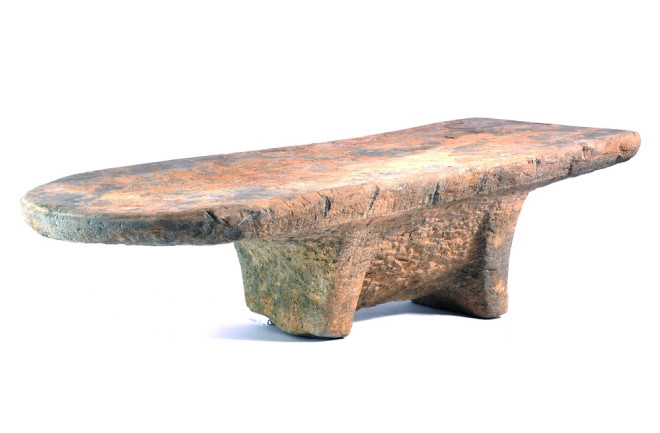The origin of curry spices in Southeast Asia can be traced back to around 2,000 years ago. This discovery was made through the analysis of ancient spice residues found in the trading port of Oc Eo in present-day Vietnam. By washing and examining 12 different spice grinding tools, researchers identified a variety of spices used in making curry, including turmeric, ginger, fingerroot, sand ginger, galangal, clove, nutmeg, and cinnamon. These ingredients are still essential in South Asian curry recipes today.
It is uncertain where exactly these spices came from, but it is possible that farmers in Southeast Asia cultivated many of them themselves. Alternatively, they could have imported the seeds to grow these crops. Turmeric, which has a long history of use in India, might have been imported from there, along with ginger and cloves that could have originated from either India or China. Cinnamon, a widely traded spice, might have traveled all the way from Israel. Meanwhile, galangal, fingerroot, and sand ginger are native to Southeast Asia and could have been sourced locally. These unique spices are still commonly used in the region’s curry pastes.
Intriguingly, the majority of stone tools discovered in Oc Eo and the nearby city of Angkor Borei were spice grinders, suggesting the popularity of the spice trade during that time. These footed grinding slabs resembled stone workbenches and were likely used to grind spices. Today, similar slabs are still occasionally used in traditional curry preparation. The largest slab found measured 2.5 feet by 1 foot and was unearthed near a piece of charcoal dating back to around A.D. 250, indicating the arrival of curry in the region.
During this period, Oc Eo was a bustling city engaged in both trade and production. Its residents crafted metal tools, glass jewelry, and pottery while also participating in spice trading and processing. Archaeologists even discovered a well-preserved nut from around A.D. 200 that still emitted the aroma of nutmeg. Oc Eo, which now resides in Vietnam, was part of the ancient Funan kingdom and flourished between the first and eighth centuries during the Iron Age. The influence of Buddhism and Hinduism can also be seen in the complex, possibly extending to the realm of curry cooking. The importation of turmeric may have initially been motivated by the need to dye Buddhist monks’ robes yellow.
To continue reading this article and access other exclusive content, you can subscribe for as low as $1.99.
